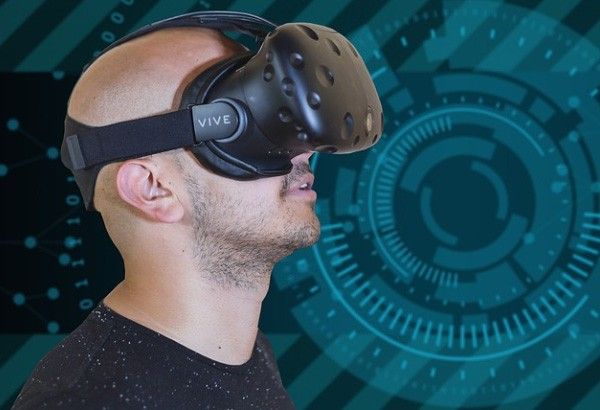Screen time and headaches: Doctor shares tips for healthy gadget use

MANILA, Philippines — If we were back in the decades prior to the invention of computers and mobile phones, there would be less people complaining of headaches.
Screen time then was limited to the television and movie theaters, and TV channels signed off at midnight.
After computing, mobile messaging and the Internet came about, staring at electronic screens became practically unstoppable. And now, with online classes in the Philippines keeping students and teachers nationwide glued to the screen for hours every day, and with laptop computers becoming the main device for most members of the workforce, screen-staring is at an all-time high. Is there a connection between headaches and prolonged use of electronic gadgets?
It looks like it, according to Greg Dayrit, M.D., neurologist at St. Luke’s Medical Center.
“Since the screens of electronic gadgets are considered a light source -- whether it's a computer, laptop, cellphone -- we can see an increase in the number of people suffering from primary headaches, particularly migraine headaches because of this current work-from-home and study-from-home setup,” he said.
“Our situation right now is difficult since we really need to open our gadgets, but we need to enforce a break between these periods we spend on our gadget. Let's say after each hour, have a break for 10 to 20 minutes,” he advised.
According to him, even ophthalmologists have said that to avoid eye fatigue, look at something far or at a natural scene outdoors, away from the electronic screen, to lessen the possibility of developing eye fatigue.
“Eye fatigue can also cause headaches. It's a tough situation at this time due to the pandemic, but hopefully when we go back to face-to-face setups, the incidence of headaches due to prolonged exposure to gadgets will diminish,” he said.





















